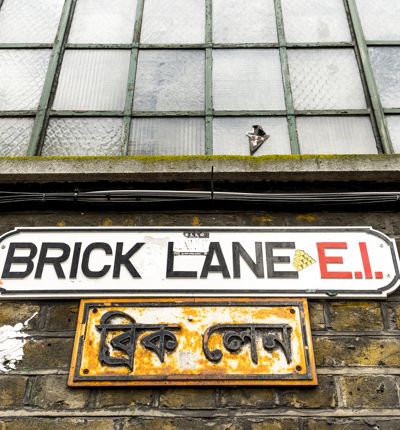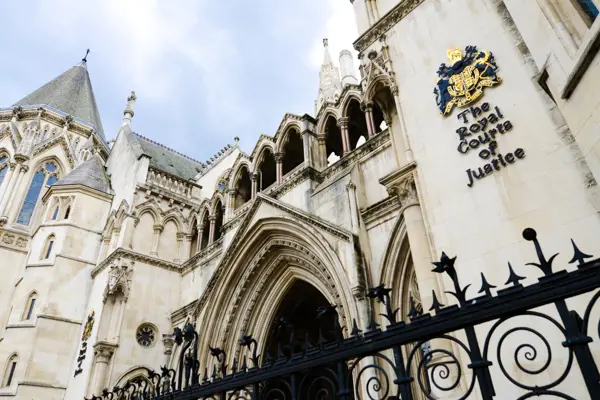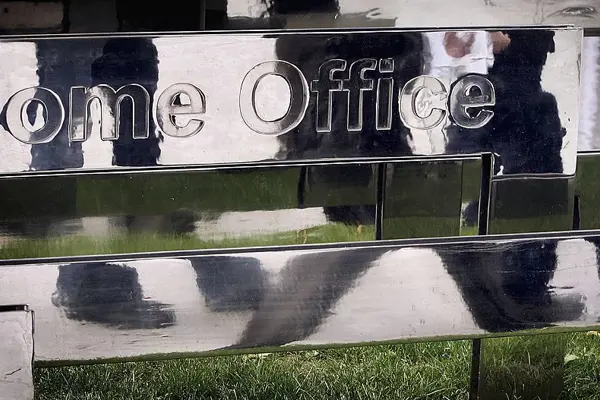
Legal challenge to Tower Hamlets Mayor’s plan to get rid of Liveable Streets scheme
The campaign group Save Our Safer Streets in Tower Hamlets Coalition, acting through a local resident, have launched a legal challenge to the borough Mayor’s plan to dismantle the popular traffic management Liveable Streets scheme that cost £2.7 million to install just two years ago.
Posted on 05 September 2022
The group say the process that led to the consultation on the proposed removal of the calmer-streets measures was legally flawed, breaching the Traffic Management Act 2004 and the legal requirements for a fair public consultation.
They have sent a legal letter to the council that signals the start of the judicial review process that could see a challenge issued in the High Court.
Mayor of Tower Hamlets Lutfur Rahman pledged in his 2022 election campaign to get rid of the Liveable Streets scheme that had been installed in January 2020 following a major public consultation that generated thousands of broadly supportive responses.
After the Mayor’s election in May 2022, Tower Hamlets Council immediately published plans to reverse the Liveable Streets programme, and consulted from July to early August.
The programme had been approved in October 2019 for 17 areas, and by the time of the election four had been rolled out: Bethnal Green, including around Old Bethnal Green Road and the Weavers area, Bow, Brick Lane, and Wapping.
The Bow scheme has already been reversed, so the legal challenge is to the plan to get rid of the Liveable Streets schemes in Bethnal Green, Brick Lane and Wapping.
The schemes were to improve air quality and road safety, to encourage active travel and reduce through traffic along certain streets.
In their legal letter the group point to new government guidance issued in May 2020 under Section 18 of the Traffic Management Act 2004. As the highway authority, Tower Hamlets Council is expected to comply with the guidance which sets out a clear instruction to keep traffic management schemes unless there are good reasons to remove them. The assumption should be that such schemes are retained unless there is substantial evidence that they should be removed. Experimental traffic schemes should be left in place for their full duration until at least 12 months’ data is available and has been published. The aim should be to keep schemes and adjust them if necessary, and not to remove them unless there is substantial evidence to support this.
The group say Tower Hamlets Council has failed to gather and publish evidence to justify its proposal.
They also say that the brief and haphazard public consultation was unlawful because of its failure to provide enough information so that people could respond properly. For instance, it included no traffic counts, pedestrian and cyclist counts, traffic speed or air quality data. Any evidence base, such as monitoring data, for removing a traffic management scheme should have to be made available to the public, but it was not.
It is not clear how key stakeholders were consulted, especially as schools were at the end of the summer term when the consultation was taking place.
The formal grounds on which is the group are challenging the proposal to remove the Liveable Streets programme are:
- Failure to have regard and comply with statutory guidance
- Unlawful consultation and failure to provide evidence
- Unlawful consultation and failure to consult on alternatives
They have asked council lawyers to disclose reports and internal communications on the proposal to dismantle the programme.
Campaign group member and Tower Hamlets resident Oliver Hawes is a driver himself, but supports the new street layouts. He said:
“Like my fellow campaigners, I think the road closures have really benefited the area. But the reason I felt compelled to take action was that the consultation process was so improper. If Tower Hamlets Council can’t provide real evidence about the impact of the street schemes, they can’t expect people to give informed opinions and they certainly don’t have a good reason to remove them.
“I’m not alone in this – over 1,300 people have already signed a petition asking the council to rethink, and our crowdfunder will give residents who care about this issue another opportunity to show their support.
“I know that these schemes have sometimes been controversial but in Tower Hamlets, I believe they are working. They improve health, safety and community, especially for vulnerable residents such as the elderly, disabled and young children. We can’t let such important environmental progress be destroyed through such a shoddy process.”
Leigh Day solicitor, environmental law specialist Ricardo Gama said:
“Tower Hamlets are proposing to spend millions of pounds to reverse changes to street layouts that have made the borough safer, healthier and friendlier. But they haven’t provided the public with any of the information which would allow local residents to give an informed response. This is contrary to national guidance which requires that low traffic schemes are objectively monitored and evaluated, and that public views are assessed using British Polling Standards. Our clients hope that their letter will cause the council to slow down and rethink their consultation and avoid the need for legal action.”
Mayor and Secretary of State asked to step in to halt plan for Brixton 20-storey office block
The Mayor of London and the Secretary of State for Housing, Communities and Local Government are being asked to intervene to halt a plan to build a huge new office tower block alongside a conservation area in Brixton.



